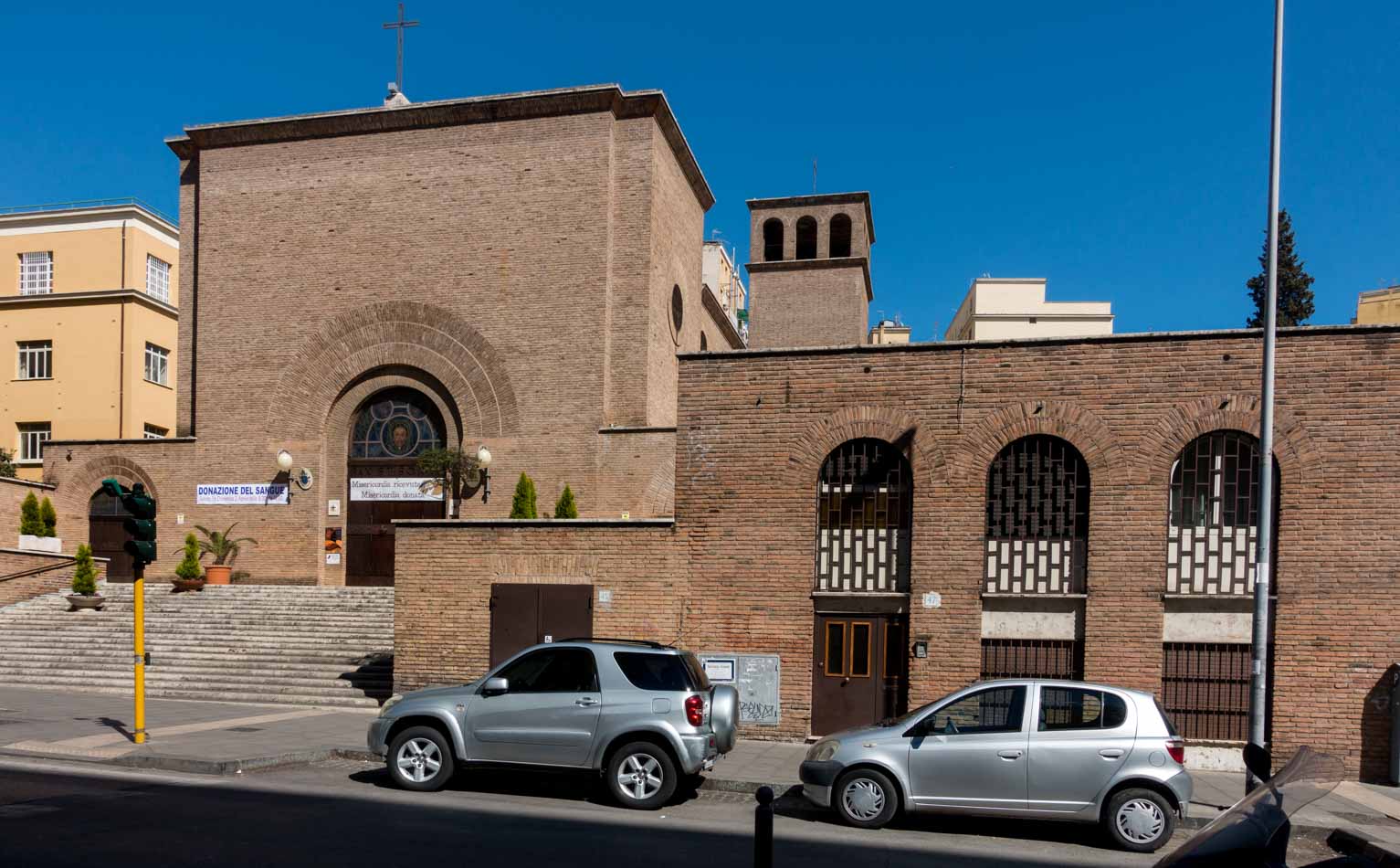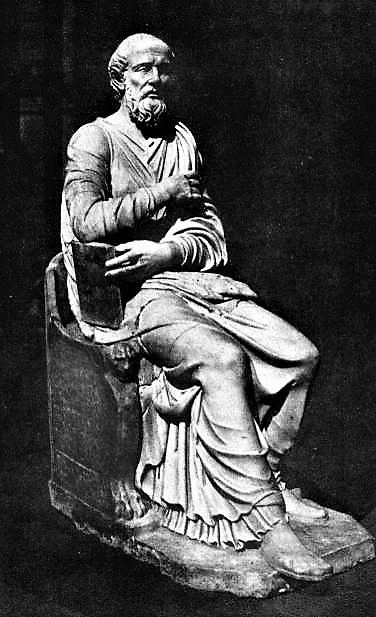
POSTACIE Popes and their associates
Pope Hippolytus (approx. 170–235) – an overzealous saintly rigorist

As opposed to them Hippolytus, was a representative of a rigorous and unfaltering approach to dealing with the faithful, who during earlier persecutions of Christians renounced their faith, or those who committed cardinal sins, such as adultery or murder. He was similarly strong-minded when it came to loose sex life of female Christians – he did not allow for sexual relationships of unmarried women, as well as their marriage with slaves. Hippolytus’s uncompromising attitude, of which the goal was to exclude such sinners from Christian communes won him many followers, but just as many enemies. For this very reason he established a separate commune outside of Rome (in Porto), while a number of his followers pronounced him to be the antipope. In this way, a schism was in place in the Roman Church in the year 217 A.D., which led to constant riots and fights among Christians themselves: followers of the official less rigorous papal approach on one side and the followers of Hippolytus on the other.
In order to bring a stop to the riots and to bloodshed the then emperor, Maximinus Thrax, exiled both rivals in the year 235 A.D. - the pope, Pontian and the antipope Hippolytus and sentenced them to forced labor on Sardinia. Work in a stone quarry led to a reconciliation of the two popes, however physical exhaustion brought about their imminent death, which allowed the Church to pronounce them as martyr saints. Their bodies were transported to Rome, but they were not buried in the same location. Hippolytus was laid to rest at a cemetery at via Tiburtina. In time his earthly remains were moved to the Church of San Silvestro in Capite. The chronicles also mention of further movement of the relics – to the Church of Santi Quattro Coronati, as well as the Basilica of St. Lawrence Outside the Walls (San Lorenzo fuori le mura), which in the case of the latter can be confirmed by the mosaic preserved in its apse, depicting the saint antipope.

As early as the IV century Hippolytus became a patron of people with some disabilities. His images in Rome are however, not very common – generally he is presented as a seated wise man with a book, which relates to the theological works created by him (for the most part lost). However, it must be said that the figure was not easy to popularize. Despite later reconciliation with the legally elected pope and canonization it was covered with the difficult to explain aura of insubordination and schism. Perhaps that is why his name became synonymous with the name of another martyr, who seemed to be closer to the Romans themselves – Hippolytus – a prison guard and a neophyte converted by the deacon Lawrence in the basement of his own house. The final resting place of St. Lawrence was located near the tomb of Hippolytus the antipope and perhaps it gave the assumption to the creation of the colorful figure of St. Hippolytus – patron of horses and prison guards.
Hippolytus the theologian, was remembered in Rome many, many centuries later. An interesting church devoted to him (Sant’Ippolito) can be found in the district of Nomentano (viale della Provincie), quite distant from the center of Rome but not so distant from the catacombs where the body of the antipope Hippolytus was first laid to rest. It is impossible not to notice it, since the extremely raw shape and the completely devoid of decorations brick, monumental façade attract attention. The church was built in 1934 and is an example of a search for a new style in architecture. Its author was Clemente Busiri Vici, the creator of several other aesthetic, raw churches created in the city upon the Tiber during the reign of Benito Mussolini. The district was the perfect example of the new residential buildings created under the patronage of Duce, while the aforementioned church, commissioned by Pope Pius XI, was to constitute its spiritual center. The interior however, does not contain many works devoted to Hippolytus, apart from the fresco of the apse from 1950, depicting The Glory of St. Hippolytus.
Może zainteresuje Cię również
Saint Hippolytus (Sant’Ippolito) – neophyte and a patron of prison guards
Zgodnie z art. 13 ust. 1 i ust. 2 rozporządzenia Parlamentu Europejskiego i Rady (UE) 2016/679 z 27 kwietnia 2016 r. w sprawie ochrony osób fizycznych w związku z przetwarzaniem danych osobowych i w sprawie swobodnego przepływu takich danych oraz uchylenia dyrektywy 95/46/WE (RODO), informujemy, że Administratorem Pani/Pana danych osobowych jest firma: Econ-sk GmbH, Billbrookdeich 103, 22113 Hamburg, Niemcy
Przetwarzanie Pani/Pana danych osobowych będzie się odbywać na podstawie art. 6 RODO i w celu marketingowym Administrator powołuje się na prawnie uzasadniony interes, którym jest zbieranie danych statystycznych i analizowanie ruchu na stronie internetowej. Podanie danych osobowych na stronie internetowej http://roma-nonpertutti.com/ jest dobrowolne.